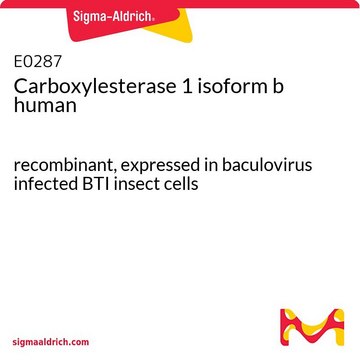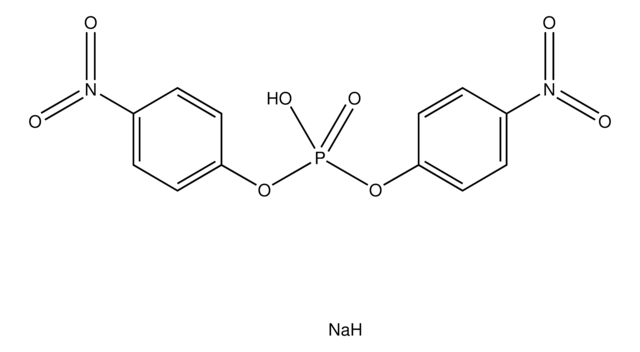E5406
Ethopropazine hydrochloride
≥98% (HPLC), powder
Synonym(s):
10-(2-Diethylaminopropyl)phenothiazine, 10-[2-(Diethylamino)propyl]phenothiazine hydrochloride, Dibutil hydrochloride, Parkin
About This Item
Recommended Products
Quality Level
Assay
≥98% (HPLC)
form
powder
storage condition
desiccated
color
white
solubility
DMSO: >5 mg/mL at ~60 °C, clear
storage temp.
2-8°C
SMILES string
Cl[H].CCN(CC)C(C)CN1c2ccccc2Sc3ccccc13
InChI
1S/C19H24N2S.ClH/c1-4-20(5-2)15(3)14-21-16-10-6-8-12-18(16)22-19-13-9-7-11-17(19)21;/h6-13,15H,4-5,14H2,1-3H3;1H
InChI key
VXPCQISYVPFYRK-UHFFFAOYSA-N
Gene Information
human ... CHRM1(1128)
Looking for similar products? Visit Product Comparison Guide
General description
Biochem/physiol Actions
Features and Benefits
Signal Word
Warning
Hazard Statements
Precautionary Statements
Hazard Classifications
Acute Tox. 4 Oral
Storage Class Code
11 - Combustible Solids
WGK
WGK 3
Flash Point(F)
Not applicable
Flash Point(C)
Not applicable
Personal Protective Equipment
Choose from one of the most recent versions:
Already Own This Product?
Find documentation for the products that you have recently purchased in the Document Library.
Customers Also Viewed
Articles
Acetylcholine is synthesized from acetyl coenzyme A and choline by the enzyme choline acetyltransferase. In addition to its synthesis in the liver, choline employed in acetylcholine production is derived from dietary sources.
Our team of scientists has experience in all areas of research including Life Science, Material Science, Chemical Synthesis, Chromatography, Analytical and many others.
Contact Technical Service











